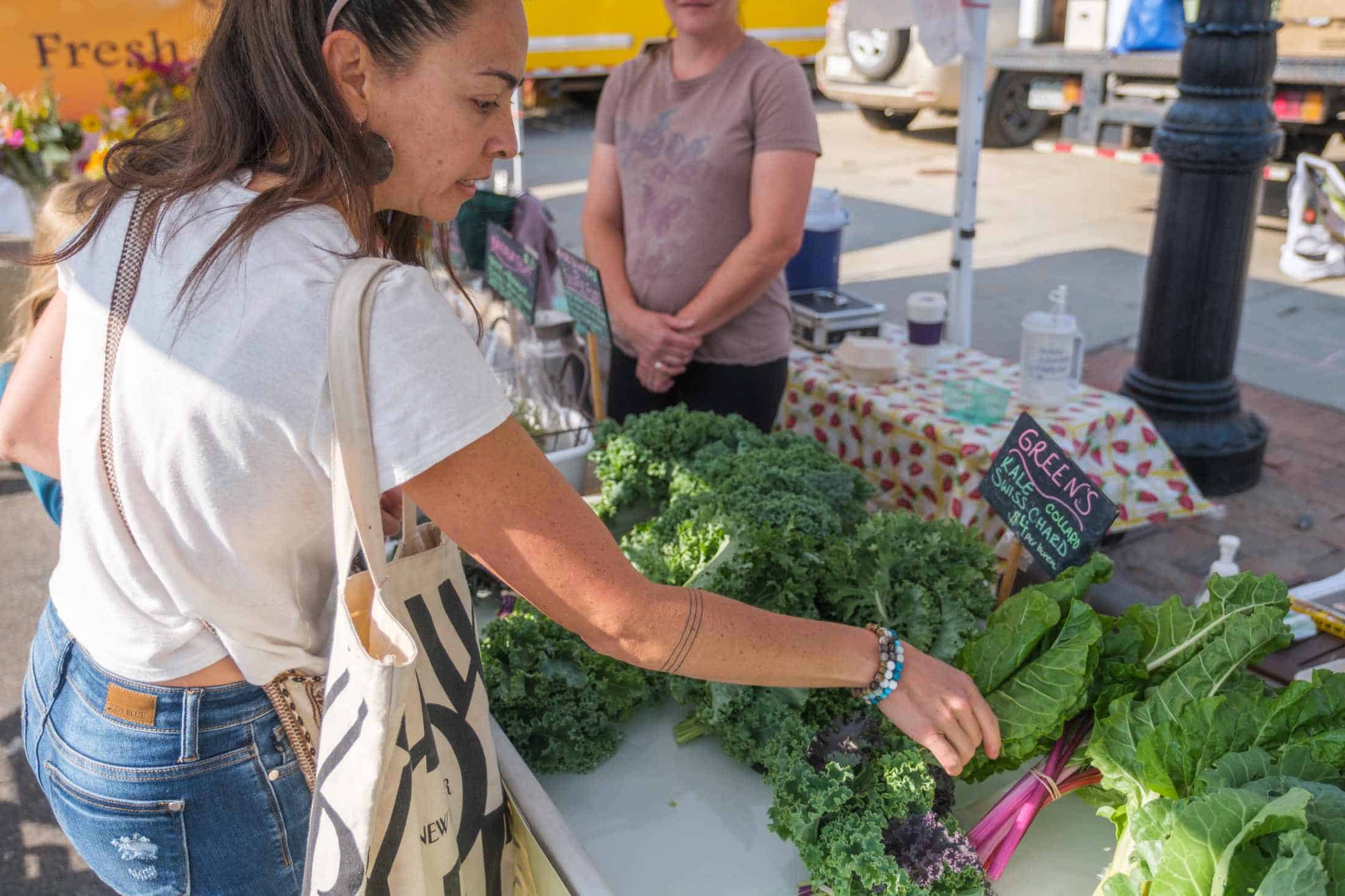Overview
A repeatable approach for social change
Rare, a non-profit dedicated to driving social change to benefit both nature and humankind, approached Harmonic Design with a challenge: how might we use service design tools combined with Rare’s expertise in behavioral science, program implementation, and marketing to influence people to adopt environment-friendly behaviors?
Rare wished to influence three behaviors: 1) purchasing carbon offsets, 2) contracting for renewable energy, and 3) adopting a plant-rich diet. But another goal was methodological: Rare needed a repeatable approach that could apply to future behavior change projects.
Covering three different journeys allowed the team to test the methodology on a broader range of problems and experiment with different approaches. However, for the sake of simplicity, this case story will focus on the first of the three journeys, purchasing carbon offsets.
Approach
What’s a psycho-social state?
A particular personal internal belief and the related external social influence is what we call a psycho-social state. For any behavior, if select psycho-social states are shifted, the likelihood of behavior change increases.
Aligning on hypotheses
We began the engagement with a group activity where the extended team reviewed existing documentation to form a baseline understanding of the knowledge, hypotheses, knowledge gaps, and disagreements among team members. The aligned knowledge was collected and analyzed to produce a set of hypothetical psycho-social states, which are beliefs and conditions that contribute to behavior change. The likelihood of a behavior change increases to the degree these psychosocial states are affected.
Harmonic conducted a workshop with Rare to ideate and produce intervention concepts capable of affecting these psychosocial states. The intervention concepts were prototyped as sketches to use in our field research.
Research insights lead to reframing
Next, we developed a qualitative research approach to help the team gain insights into real people’s thoughts, feelings, and behaviors in connection with nature, climate change, and the role carbon plays in climate change.
Ten people participated in a ninety-minute research session. They represented a range of climate change attitudes, income levels, and regions of the United States.
Each session included an interview and an exercise to help the team understand the research participant’s beliefs and attitudes related to the environment and climate change. Then the participant was shown the intervention concept prototypes and asked a series of questions: How likely would they be to engage with the concept, and why? What would make them more or less likely to engage? How would engaging with the concept affect other people’s opinions of them? What would they think of other people who engaged? For the most compelling concept, participants were to talk about the location and timing of the concept to learn more about contexts where the intervention might be most effective.
The research turned up some powerful insights. The most crucial insight concerned the framing of the journey itself. While all participants believed human-caused climate change was happening, a significant number of people, especially those who lean right politically, were not convinced carbon reduction was the most effective response, compared with, for example, finding effective technologies for coping with the changes. But when the opportunity was framed as planting trees or protecting forests, alignment was possible across a broader range of the political spectrum.
For this reason, the Carbon Offsets Journey was renamed mid-project to “the Nature Projects Journey”.
Other vital insights included the importance of providing interventions that avoided the perception of greenwashing, virtue signaling, or token actions more helpful for easing a person’s conscience or building their public image than making a substantial positive impact. The interventions needed to demonstrate real commitment and have genuine, tangible benefits.
Blueprinting the behavior change
What’s a service blueprint?
A service blueprint specifies how a customer interacts with the service across time (the frontstage), and how people, processes, policies, and technology works as a system (backstage) to create the intended service experience.
Upon completing the research, the team revisited the behavior change interventions. Intervention concepts that tested well were retained or used to inspire improved versions.
The team sequenced the new set of interventions across four behavior change moments, each moment with its own incremental actions and shifts in mindset, culminating in enduring behavior change and the willingness to publicly signal the change to others in one’s reference network.
- Attention: noticing and becoming interested in or receptive to a new behavior;
- Activation: taking first, tentative steps into a new behavior;
- Adoption: making a new behavior routine or regular;
- Affirmation: signaling new behavior to others in one’s reference network.
Each moment was formulated as a design problem (a moment brief). The brief contains many points of info, including the ideal outcome of the moment, what the actor would be asked to invest, what they would get in return, and what emotional and functional needs would require satisfaction for the moment to succeed.
The intervention concepts were connected together across these key moments in order to satisfy each moment brief and to form a seamless end-to-end experience, expressed as a story from the future. This story provided the foundation for creating a service blueprint for the journey. This method enabled the Rare team to design the frontstage, where the the actor’s experience unfolds moment by moment, in tandem with the backstage, where operations and technology support the experience out of view of the actor.
This work was synthesized and formatted into a Behavior Change Blueprint, which served as the first iteration of the formal framing of the behavior change problem (the moment briefs) and an ideal solution to the problem (the story from the future and the experience blueprint).
Outcome
This engagement showed Rare a new way to collaborate across disciplines that hadn’t worked together before. It provided the leads of the different behavior change journeys a clearer picture of the problems they were solving and the first iteration of a designed experience composed of connected interventions capable of changing behaviors. And it gave them an understanding of how the experience could be delivered and what new capabilities Rare would need to develop to roll it out.

“We had the science and key parts of the solution but lacked the through-line. Harmonic Design guided us in orchestrating it into a cohesive whole centered on human-centered, desirable journeys of adoption. We now have a clear picture of three critically important climate-positive actions for Americans and a strong sense of the required capabilities made up by Rare or our partners. Even more importantly, we created the practices and tools to continue iterating and bringing about the future journeys we all need to be on.”
Brandon Schauer
SVP, Climate Culture

